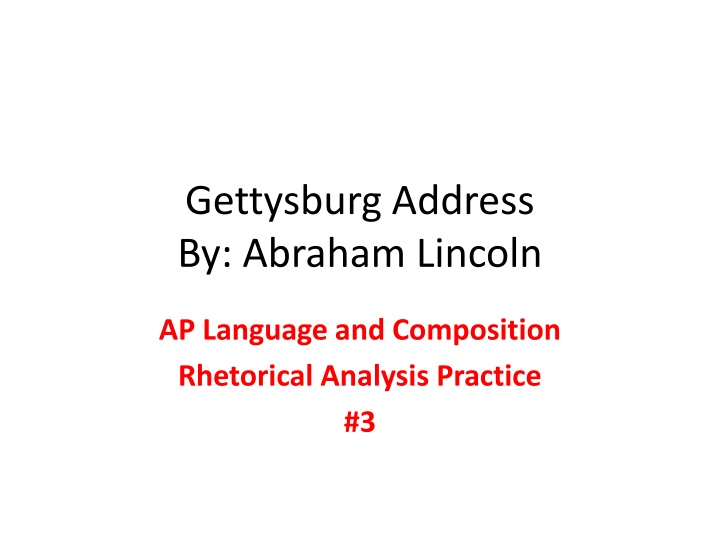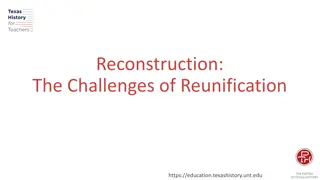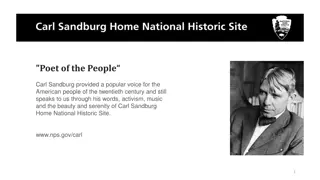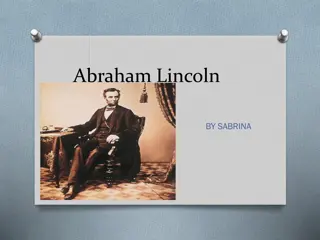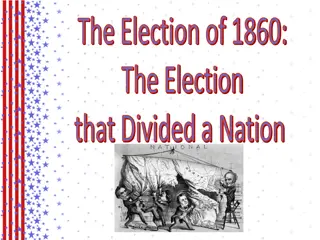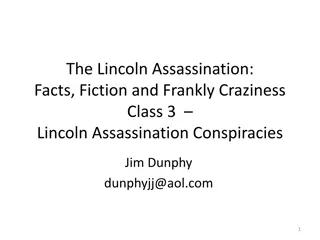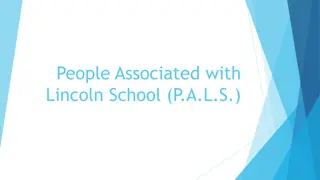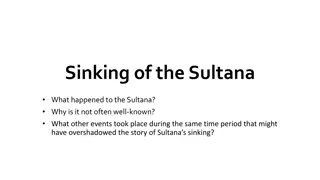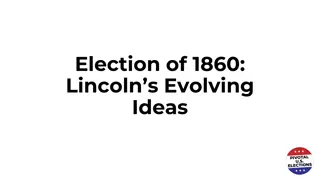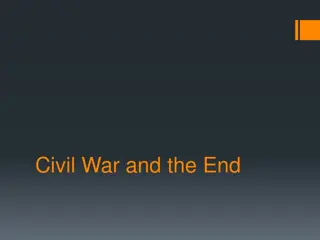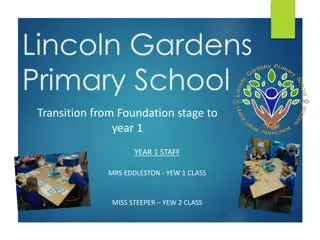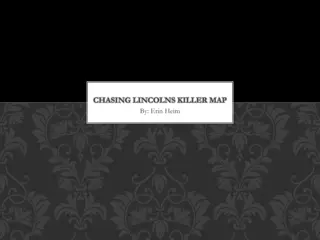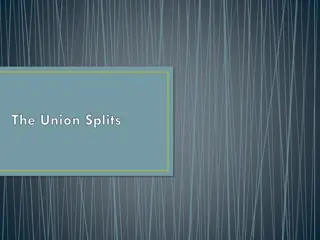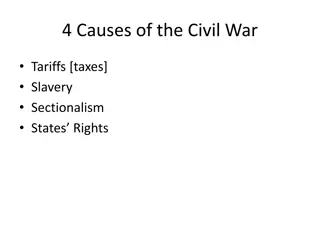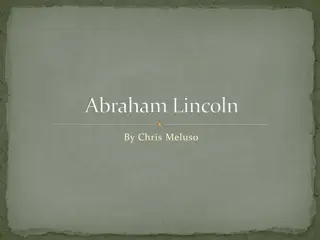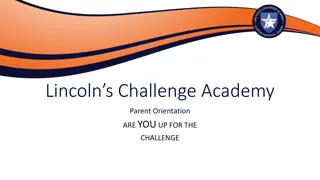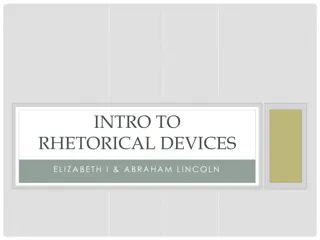Analyzing Lincoln's Gettysburg Address
Delve into the rhetorical strategies used by Abraham Lincoln in the Gettysburg Address, understanding the impact of his message on democracy through parallelism, epistrophe, and asyndeton.
Uploaded on Feb 16, 2025 | 0 Views
Download Presentation

Please find below an Image/Link to download the presentation.
The content on the website is provided AS IS for your information and personal use only. It may not be sold, licensed, or shared on other websites without obtaining consent from the author.If you encounter any issues during the download, it is possible that the publisher has removed the file from their server.
You are allowed to download the files provided on this website for personal or commercial use, subject to the condition that they are used lawfully. All files are the property of their respective owners.
The content on the website is provided AS IS for your information and personal use only. It may not be sold, licensed, or shared on other websites without obtaining consent from the author.
E N D
Presentation Transcript
Gettysburg Address By: Abraham Lincoln AP Language and Composition Rhetorical Analysis Practice #3
Recipe for Success Claim: WHAT did the speaker do? Warrant: HOW did the speaker do it? Impact: WHY did the speaker do it?
Main Claim/Thesis Statement of the people, by the people, and for the people Lincoln s last line of the Gettysburg Address, of the people, by the people, and for the people, is a call to action that appeals to democracy.
Claim/Warrant /Impact #1 of the people, by the people, and for the people Lincoln concludes his speech with the rhythm of parallel structure in order to help his audience remember what the United States was founded on and what the union can become again.
Claim/Warrant /Impact #2 of the people, by the people, and for the people Additionally, Lincoln creates this parallelism through epistrophe, a repetition at the end of successive clauses. Repetition is an effective rhetorical tool as it elevates the need for the people to react and respond favorably to his plea to dedicate themselves to this great task .
Claim/Warrant /Impact #3 of the people, by the people, and for the people In an effort to be concise, asyndeton is also used to show the imminent need for action, as Lincoln deliberately omits conjunctions in this series of clauses.
End Claim/Warrant /Impact of the people, by the people, and for the people Lincoln ends his speech with a call to action, appealing to and inspiring his audience through the aesthetics of parallelism, repetition of epistrophe, and timing of asyndeton.
Create a SOAPSTone for the Speech S= Speaker O= Occasion A = Audience P= Purpose S= Subject T= Tone
SOAPSTone Practice Each group will focus on one specific element of SOAPSTone. Compose 2-3 claim/warrant/impact sentences for your element as it pertains to Lincoln s Gettysburg Address. Create a visual of the paragraph for the class and be ready to present in 15 minutes.
